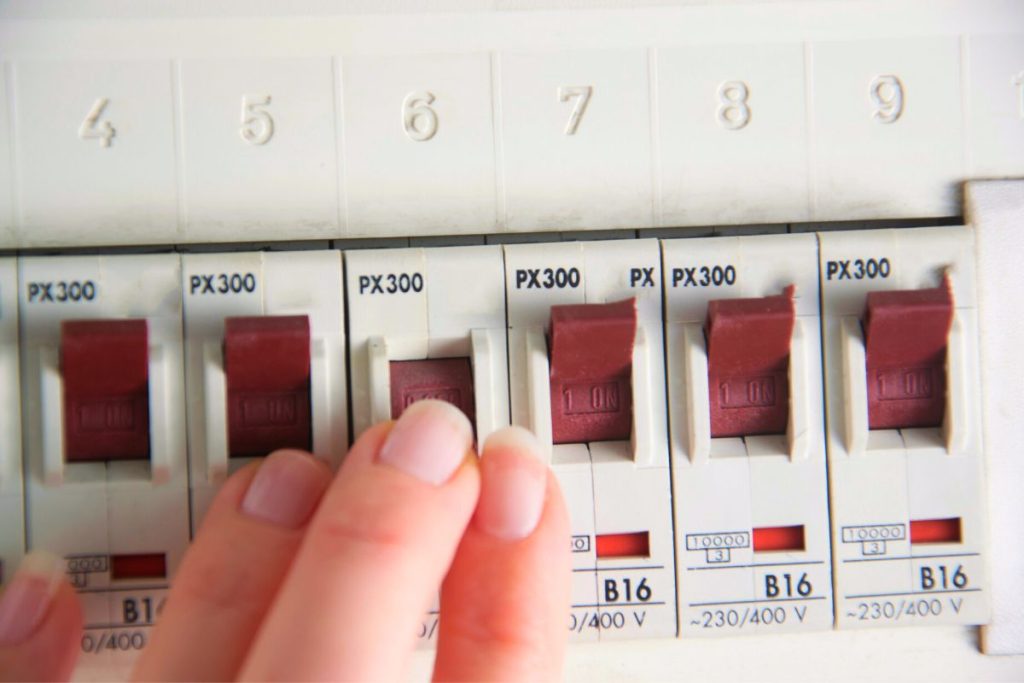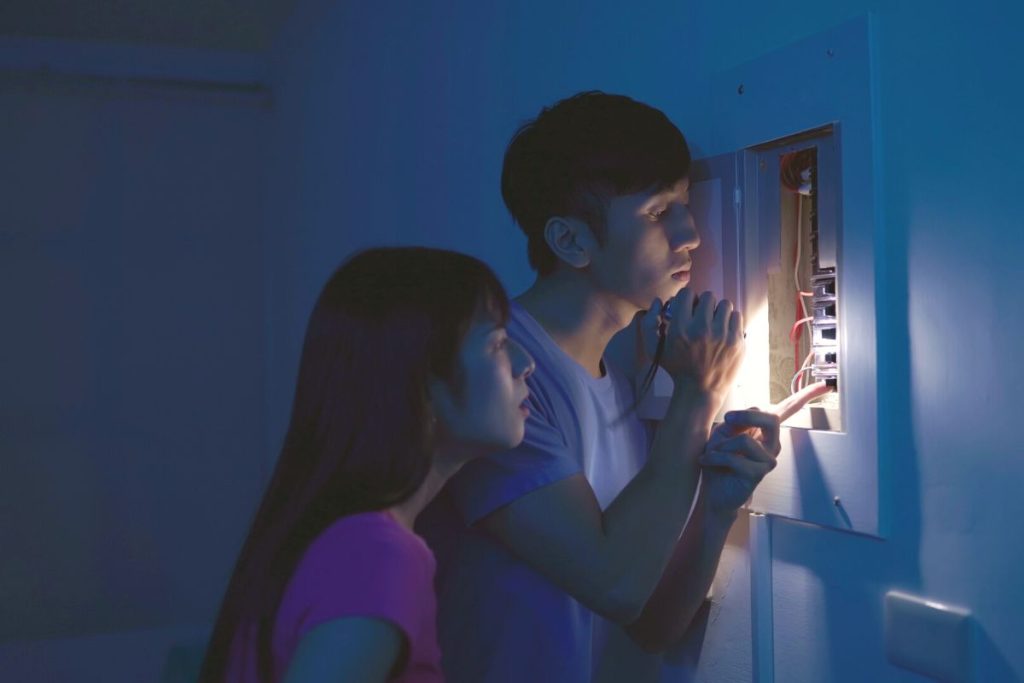Surge diverters play an important role in keeping your Brisbane home appliances safe from excess volts of energy. If an extra surge of energy occurs and a surge diverter is not installed, it can blow the motherboard of household appliances and goods such as desktop computers, game consoles, televisions, kettles, dishwashers etc. which can cause a lot of inconveniences and be quite costly to replace.
When a surplus of voltage occurs, the surge diverter redirects the excess electricity into the ground to neutralize it. Most effectively installed in the switchboard of your home to prevent the current from spreading through your home.
As a general rule, the voltage which comes in less than 260v is safe for your home electrical appliances. It’s only when there is a power surge, and the flow rises over the 260v threshold that it can have irreparable consequences.
Related Information: Air Conditioning Installation and Switchboard Upgrade
Why do I need a surge diverter?
The surge diverter acts as a barricade, protecting the main electric switchboard of your home. As a switchboard is a vital component to power everything throughout your home or office, it is often saved from getting destroyed by your surge diverter without you even realizing it. It’s common for there to be surges of electricity, and this extra voltage is beyond the capabilities of your switchboard to handle. Therefore the surge diverter is installed to ensure that any different spikes of energy are sent directly downwards to the earth’s soil.
What are the benefits of installing a surge diverter
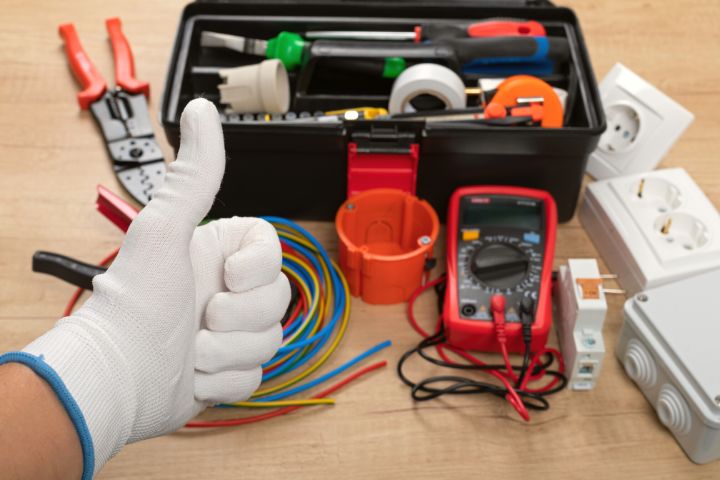
1. Secures your home appliances and gadgets
Our reliance on household appliances and electronics is growing with each passing year and have become essential items in our daily lives. Most of our livelihoods are connected to working with a laptop, desktop or iPad, we stay connected with our closets ones through our phones, stay up to date with global news through TV, and save time on household chores with vacuum cleaners, dishwashers, washing machines etc. so keeping these protected has become imperative.
A surge diverter protects all of these important devices and appliances from being rendered useless from random surges of electricity, as the majority of electronics have expensive yet delicate sensitive boards which are not too durable.
2. Protection from microsurges
There is another type of surge which occurs that is not as fatal to your devices but certainly has long-term damaging effects. Have you noticed whenever you turn on the air conditioning or any other power-consuming appliance, such as a washing machine or dishwasher, that there is a slight fluctuation, often noticeable by a flutter in the lighting? This is a transient surge of voltage caused by the rebalancing of electricity caused by the start of a machine which requires significant electricity.
These small surges do not destroy your devices or electronics, however, over a long period of time reduce the lifespan of your appliances without you even realizing. Surge diverters also act as a protective barrier from these low-level surges.
3. Stops electrical fires
Something we don’t often think about is the chance of an electrical fire breaking out in our home. Having discussed our reliance on electrical appliances in today’s society, the number of devices in our homes is at an all-time high, leading to the chance of an electrical fire occurring also at a level never seen before.
A power surge can lead to the wiring in your home overheating, which can cause sparks. Aside from a power surge, poor wiring, malfunctioning outlets or worn and old appliances are all common faults behind the start of an electrical fire.
Surge diverters help in protecting from electrical fires starting as they protect against a minimum of 40,000 amps, preventing high external voltage from reaching internal circuits and playing an important part as a barrier.
4. Find a surge diverter suitable for your home requirements
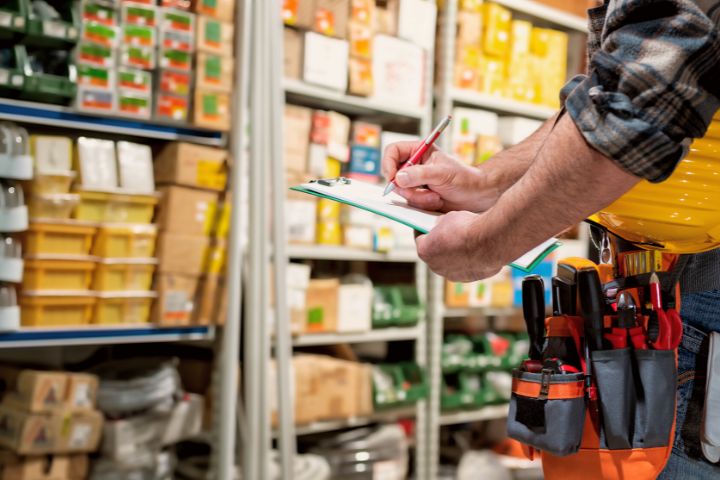
These days you have options. Entire home surge diverters come in many forms depending on what type of voltage protection you need. If you have a 120 V system, for example, you can get an 80kA-rated surge protector. Generally speaking, it’s uncommon for surges to be more than 10kA, and surges over 50kA are very rare, so you can work on that basis.
You should also consider the type of area you live in however, for example, if electrical storms are common in your area, then it’s worth investing in a higher-rated system. When looking to buy a surge diverter, be sure that the system includes internal fuses and failure indicators, as these extra precautions can help you in preventing problems before they arise.
What type of surge diverters are there?
Depending on your needs, electrical system and power consumption, you can get a number of serge diverters which are best suited for your specific needs. Before you do this, let’s run through a few of the most common and popular types of surge diverters available on the market.
- Secondary Arrester – A secondary arrester can be seen as a backup diverter. They fall under the 1000V category and provide an extra degree of protection. A service transformer has a predicted failure rate between 0.4% and 1%, which is fairly low, however the majority of the failures (over 50%) are caused by low-level surges which occur regularly and are difficult to prevent. The presence of a secondary arrester significantly reduces a service transformers failure rate.
- Station Arrester – There are several arresters available in the market, however when it comes to handling high voltages, the station class arrester is the best around. The station arrester offers the greatest discharge voltages and can handle the highest faulty currents. You also get plenty of range as they can handle between 3kV all the way up 684kV. You can also buy them according to which appliances you want to use them for and how powerful those are, affording you even more choice.
- Intermediate Arrester – available for voltages ranging between 3kV and 120 kV, these are most commonly used in places with underground wiring. They are perfect for dry-type transformers and can often be found at substations due to the fact that they can handle high voltages as well as being resistant to high currents.
- Distribution Arrester – these types of arresters have the lowest resistance capabilities and are therefore only used for medium voltage networks. If you are powering a factory, building or office with the need for high voltage, then this is not the right type of distributor. These are more suitable for stand-alone structures and outhouses, so be sure to know what type of voltage you are dealing with before you choose your diverter.
Surge diverters can often be overlooked when doing the electrics and wiring, as there are so many components to pay attention to. However, it is important to remember that prevention is much easier than repairing damage. A simple, low-cost surge diverter can save you a lot of money and time spent on repairs, prevent damaging expensive appliances and devices, avert potentially catastrophic fires, and give all-around peace of mind.
FAQs
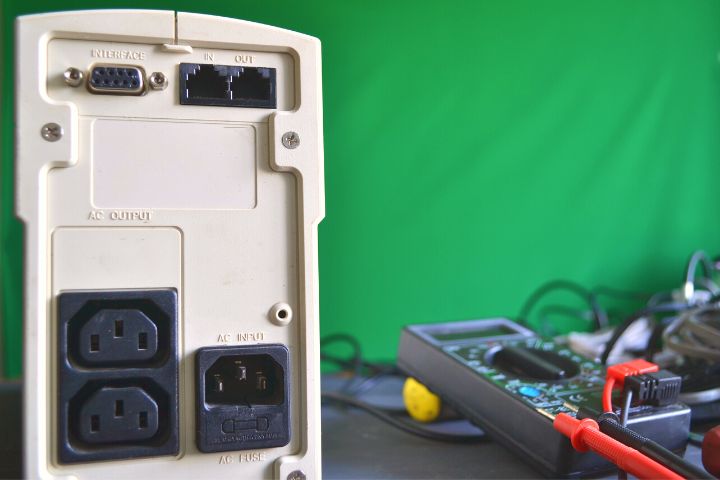
If connected with UPS do I still need a surge diverter?
Though UPS systems come with a number of overall benefits and general clean power, they are not designed to afford protection from voltage surges, leaving your equipment vulnerable. Even if you take a large UPS option, which has elements of surge protection, it can only protect from very small surges ranging between 25kA and 40kA. This is nowhere near enough to protect larger appliances such as air conditioning units which come in anywhere between 70kA and 600kA, so even if you have UPS you should still purchase and install a surge diverter.
Is a surge diverter and a safety switch the same?
Surge diverters and safety switches are often confused by people to be the same and assume one can do the job of both, though this is not the case.
A safety switch is designed to detect faults in the electrical circuit. If you’ve ever lost power suddenly, the first thing to check is the electrical box to see if the safety switch has tripped. More often than not, you will find all the switches pointing in one direction and just one solitary switch pointing in the opposite direction. This means the safety switch mechanism has come into effect.
Designed to cut the main power supply within 0.03 seconds of detecting a fault, flicking the switch back on usually brings the power back, however, if the safety switch continues to trip, then this could mean the power load your appliances are demanding is beyond the capabilities of the circuit board you have installed. You should try reducing the number of appliances you have plugged in and also call an electrician to increase the power load to accommodate your needs.
Surge diverters, though also a safety mechanism, are designed to prevent extra power surges from reaching your electronic devices and possibly destroying their motherboards because of the extra voltage. The diverter simply ensures that any surges of electricity are sent downwards into the soil and nullified.

